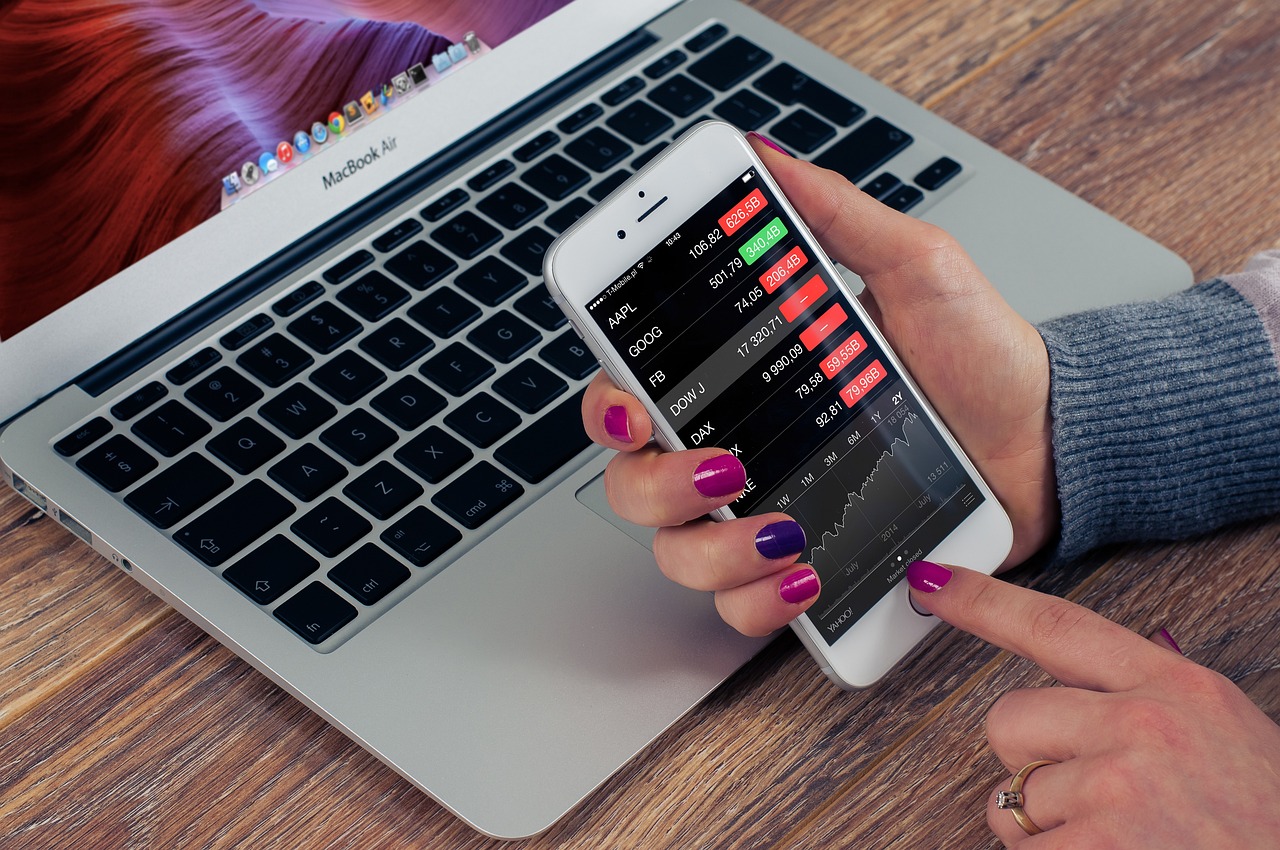In 2022, apps have taken over the world.
No matter what it is you need to do, there’s an app for it. This rule applies to everything from dating to business, and the investment sector is no exception.
Investing apps have become increasingly popular over the past couple of years. Their appeal is easy to understand, in that they’re consumer friendly and have opened the markets up to ordinary people. We look at the factors behind their emergence and whether or not they’re here to stay.
An app for everyone
In our modern world, those looking for the best investment apps will find themselves spoilt for choice. There are so many out there that entire web pages exist to help consumers sort the wheat from the chaff. These review sites rank and rate options based on various factors, including platform fees and commission amounts.
There’s an option for everyone, and it’s a good job because according to the Financial Times, retail investors accounted for one-third of stock market trading in 2021. Those taking advantage of investment apps made up a sizeable portion.
The growth in retail trading undoubtedly goes hand in hand with the rise in investment apps. It, in turn, is explained by the pandemic. With more people at home in 2020, and most of them having additional time on their hands, many explored new pastimes. Investing, and the chance to create a secondary income stream appealed to many.
This new breed of inexperienced investors naturally required certain things from the platforms they used – first and foremost, easily accessible advice and the ability to learn on the go. Many also had less capital behind them than traditional traders, meaning they wanted to be able to trade at low volumes and with minimal fees involved.
Enter mobile apps, which did away with the need for brokers, banks, and the high costs that have traditionally come with the two.
A burgeoning market
If there’s one thing we can take away, it’s that the burgeoning popularity of retail investing apps is down to a perfect storm of factors. This has seen app usage increase from 35.6 million in 2017 to more than 150 million in 2021.
So, what have user-friendly apps and lower trading costs meant for the retail investor? Access to global markets for the first time. With the cost and complexity of traditional investing removed, it’s easier than ever for traders to invest in stocks and assets without the need for a middleman. This means even lower-income individuals can profit from trading in a way that simply wasn’t possible before.
According to Deloitte, this new breed of trader has a notably smaller bank account than previously – but that doesn’t stop them from being active on the markets. They’re also less reliant on professionals for financial advice.
While some remain uncertain of the long-term effects of this shift, our personal opinion is this: anything that improves access to the markets for the ordinary man or woman and puts us all on an equal footing can only be a force for good.











